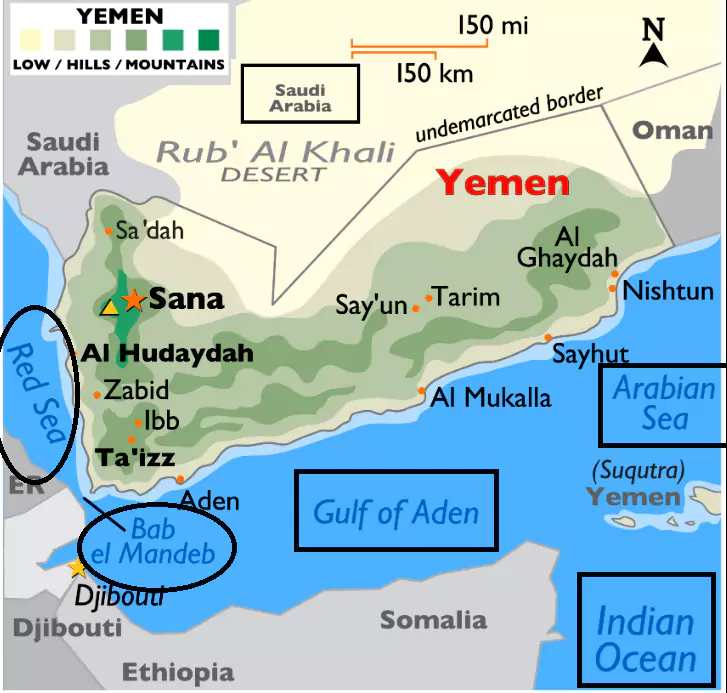
News Source: The Indian Express
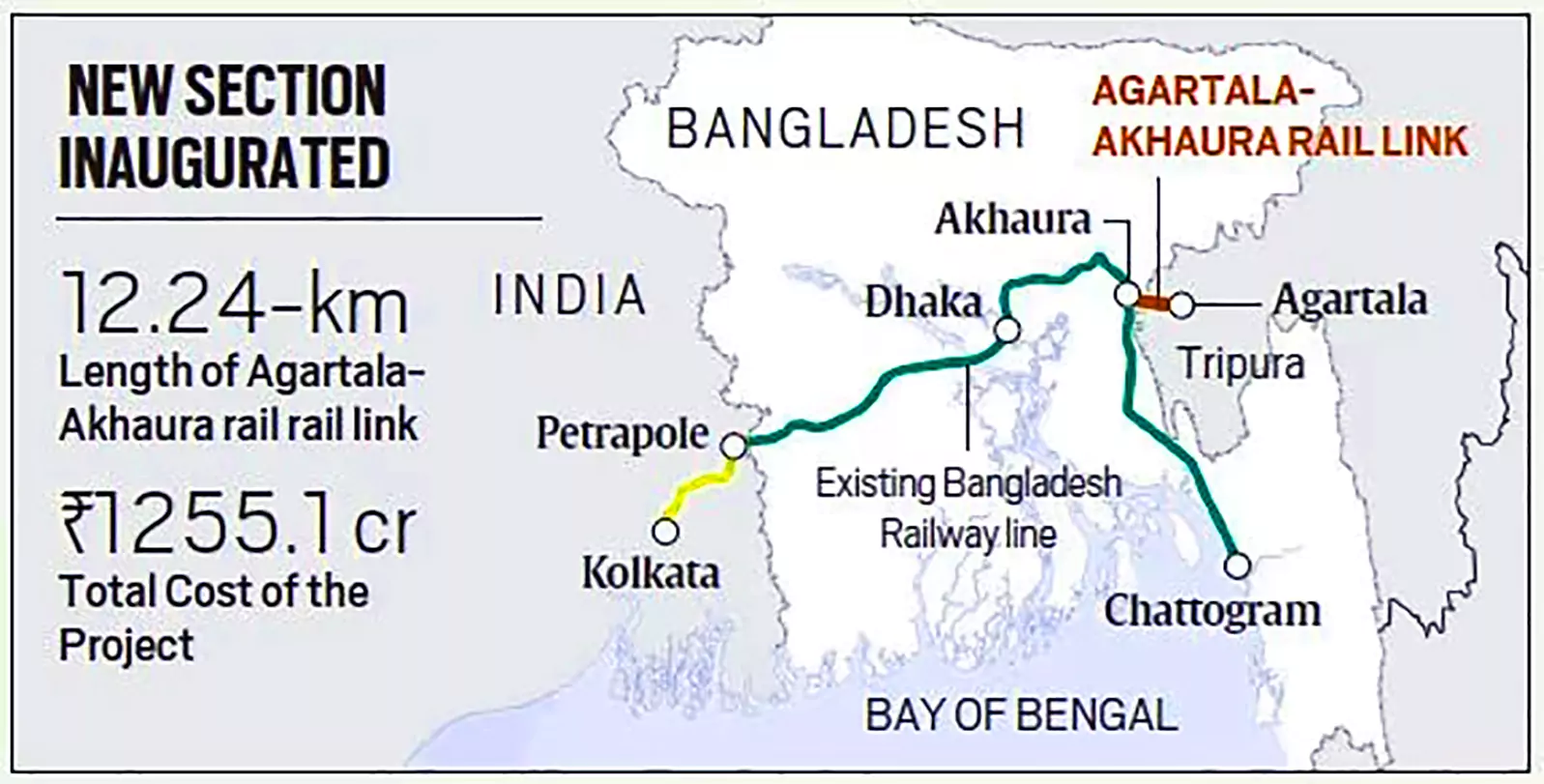
News Source: Live Mint
More About the Guidelines: The police is a State subject, the IPS officers who are constituents of the All India Services are appointed by the UPSC on behalf of the Union government, and their services are placed under State cadres.
News Source: The Hindu
To read more about the mission, refer Rashtriya Gokul Mission
News Source: Indian Express
What is a Smart Meter?
What is net metering?
|
|---|
News Source: Business Standard
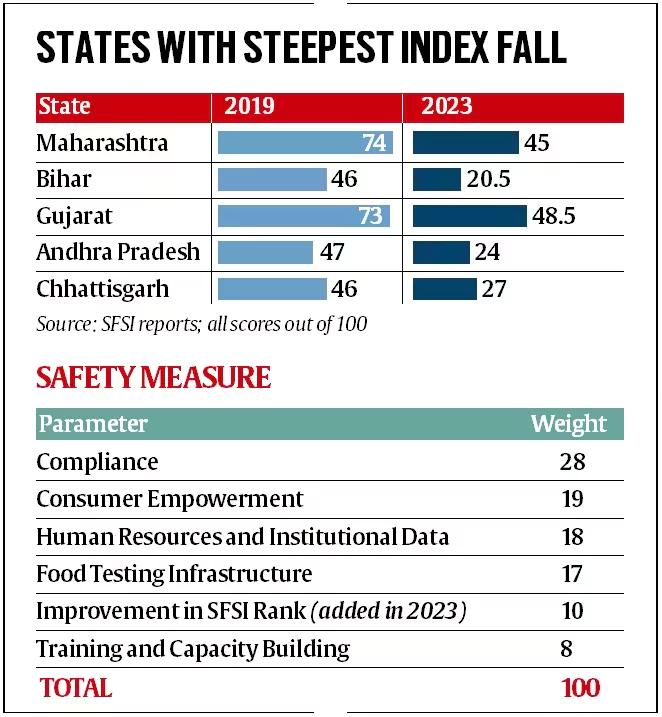
News Source: Indian Express
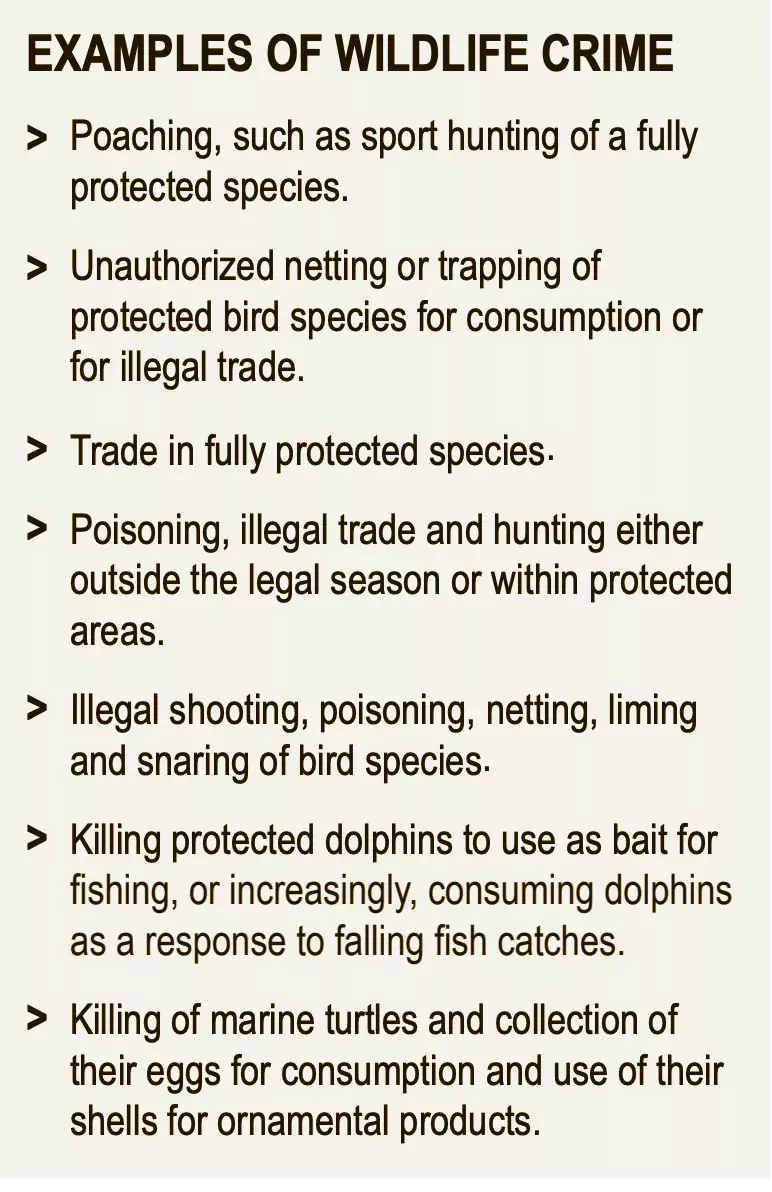
The research paper namely “Connections between trades and trafficking in wildlife and drugs” discusses six methods of convergence between wildlife and drugs:
|
|---|
Constitutional Provisions for Wildlife in India:
|
|---|
Also Read: Approach to Wildlife Conservation
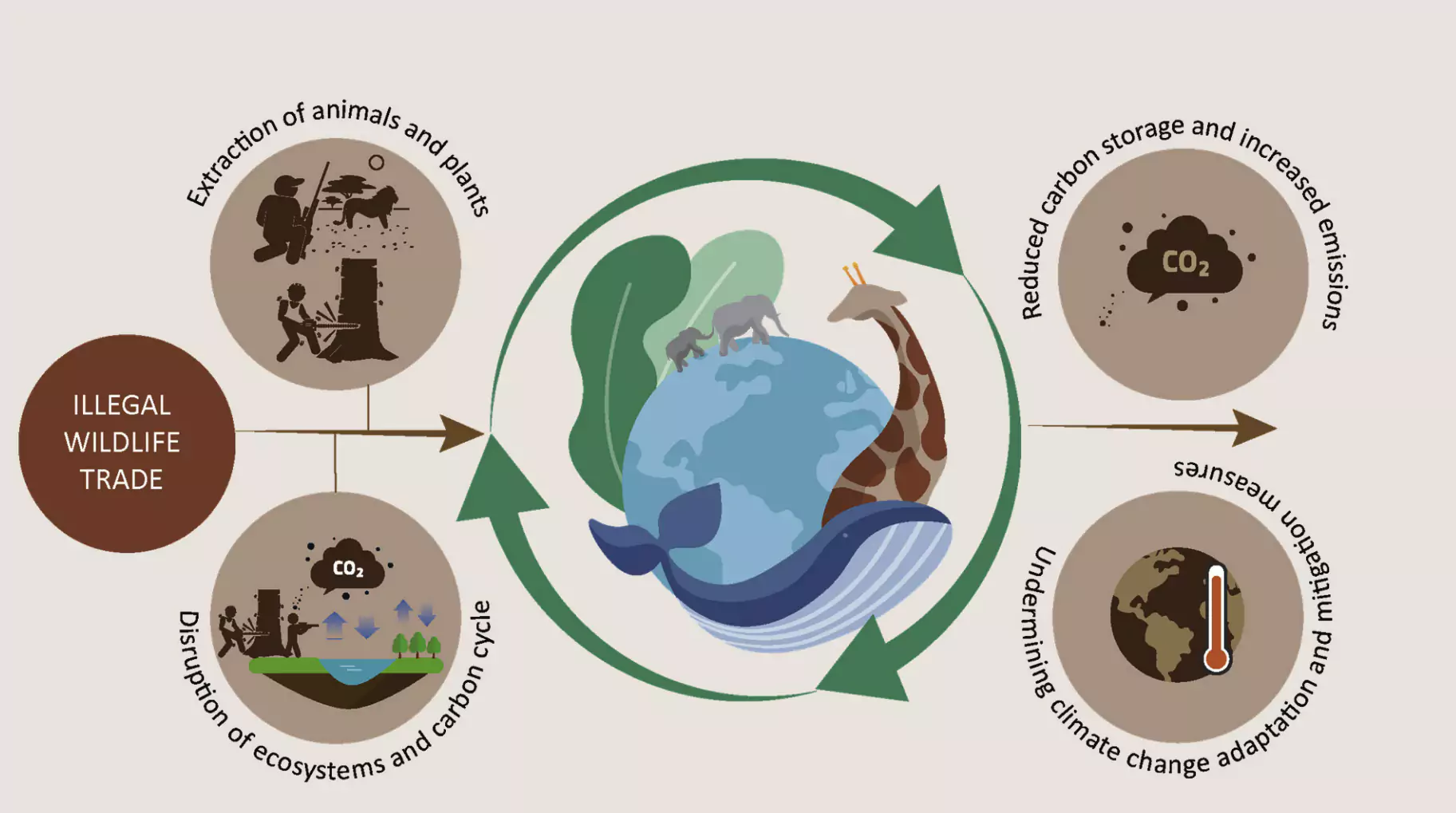
Species-Specific Operations in India:
|
|---|
Also Read: 2023 UN Climate Change Conference (UNFCCC COP 28)
The report by the Wildlife Justice Commission highlights the urgent need for comprehensive international collaboration, enhanced intelligence sharing, and specialized investigative techniques to address the alarming convergence of wildlife crime with various forms of organized crime, posing a critical threat to both biodiversity and global security.
| Prelims Question (2017)
Consider the following statements in respect of Trade Related Analysis of Fauna and Flora in Commerce (TRAFFIC): 1. TRAFFIC is a bureau under United Nations Environment Programme (UNEP). 2. The mission of TRAFFIC is to ensure that trade in wild plants and animals is not a threat to the conservation of nature. Which of the above statements is/are correct? (a) 1 only (b) 2 only (c) Both 1 and 2 (d) Neither 1 nor 2 Ans: (b) |
|---|
| Mains Question: Critically assess the enforcement mechanisms outlined in the Wildlife Protection Act. How effective are these mechanisms in deterring wildlife-related offenses? (250 words, 15 Marks) |
|---|
Global Solar Facility (GSF):
|
|---|
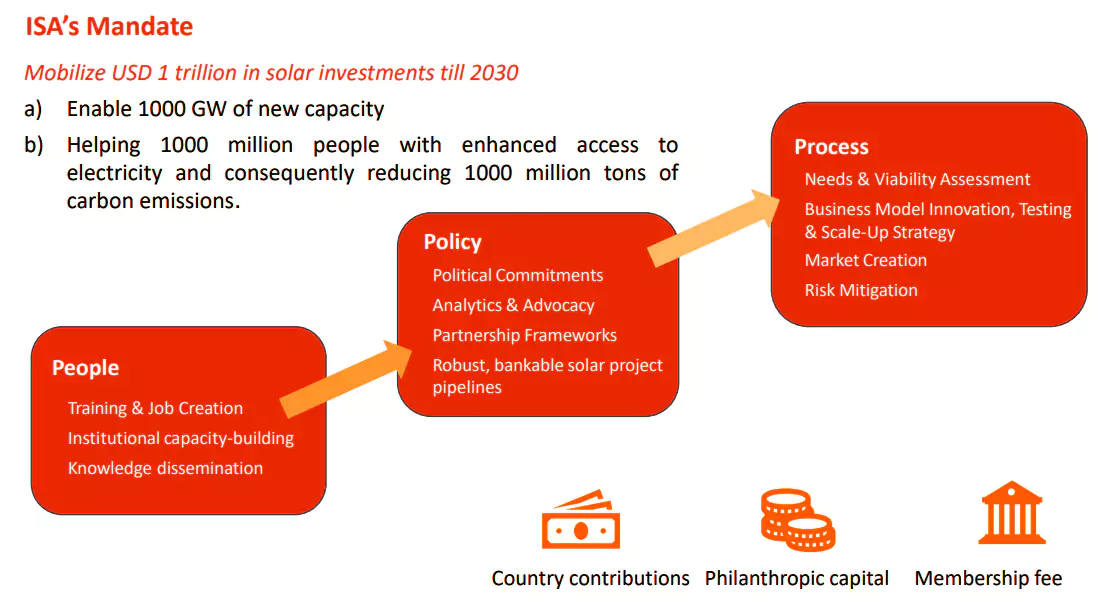
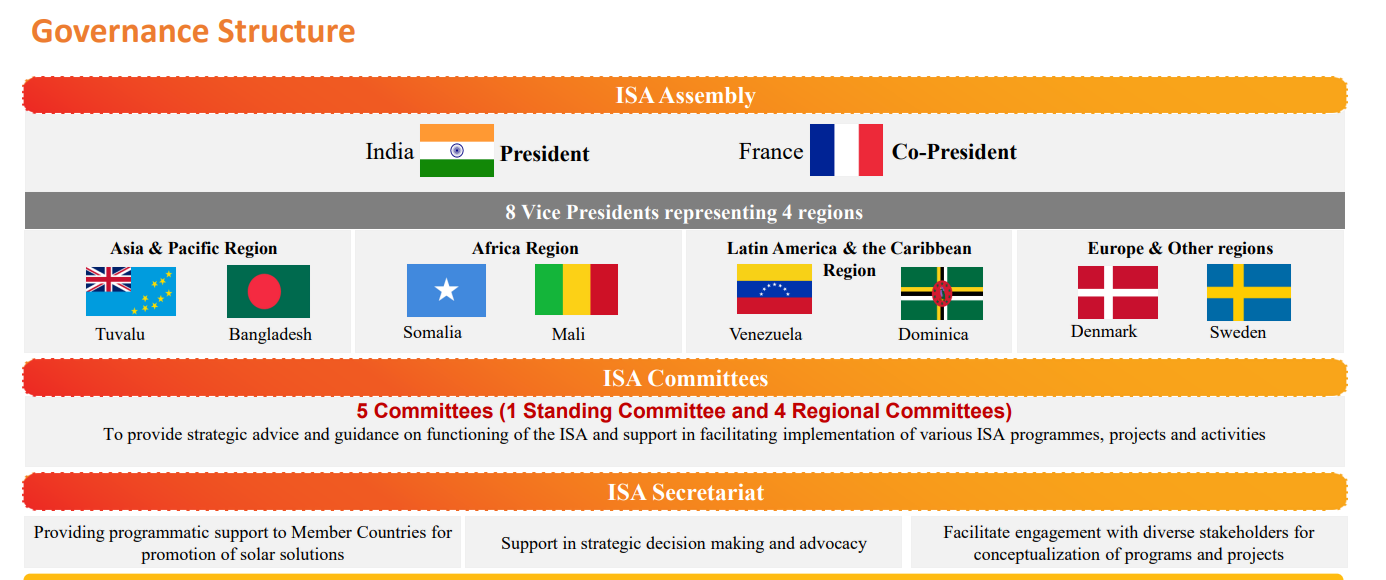
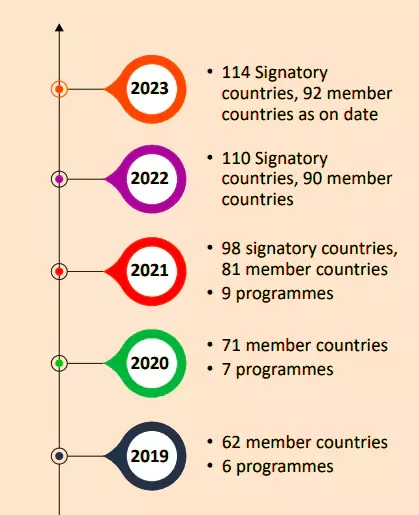
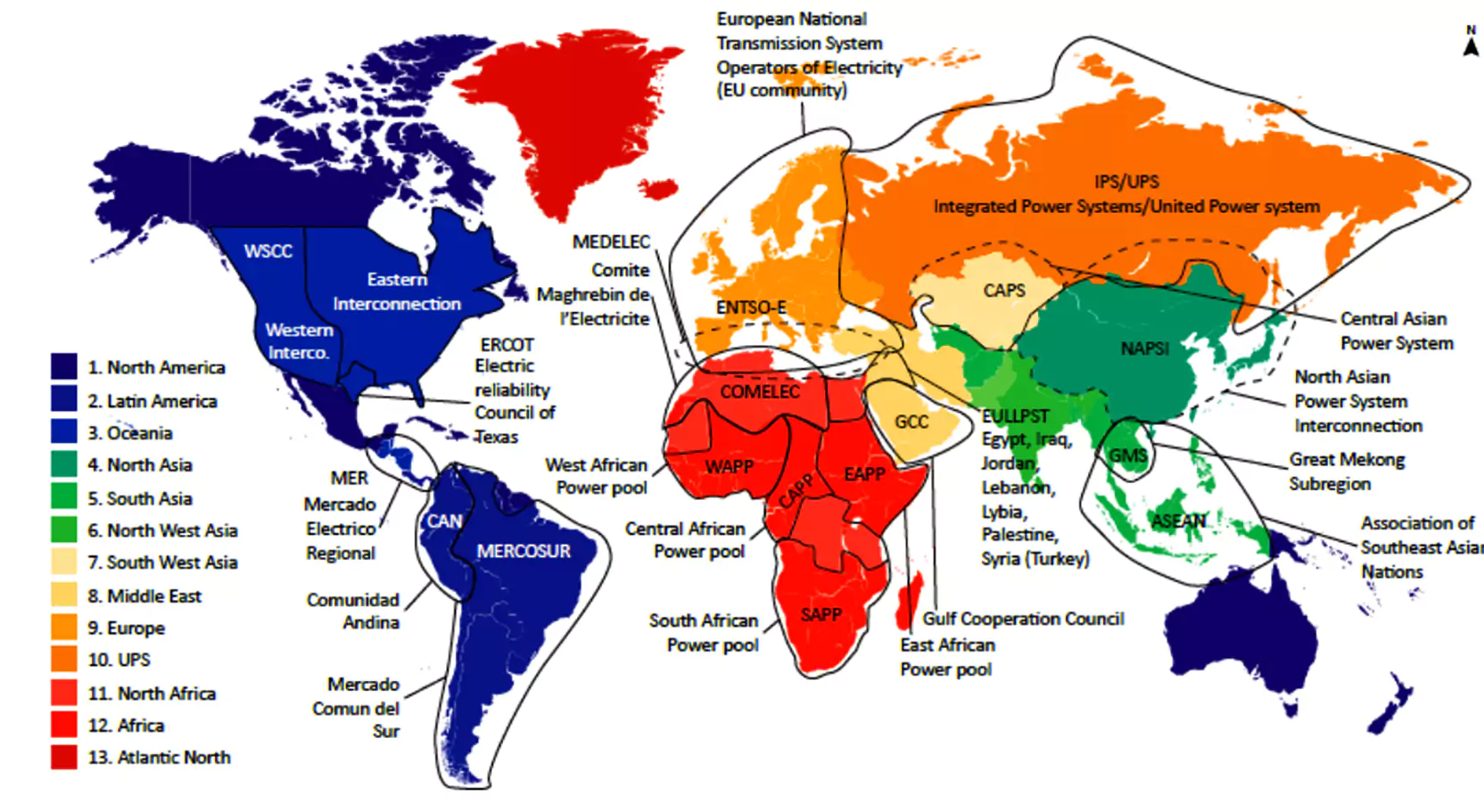
Also Read: India Records 76% Drop In Solar Module Imports From China
About IRENA: It is an intergovernmental organisation that supports countries in their transition to a sustainable energy future, and serves as the principal platform for international cooperation, a centre of excellence, and a repository of policy, technology, resource, and financial knowledge on renewable energy.
|
|---|
Also Read: Renewable Energy Intermittency – Challenges, Opportunities, and Way Forward
The India-led International Solar Alliance for an equitable green energy transition for the Global South has taken significant steps towards funding, policy, technology, infrastructure and capacity building. However, success will depend on the commitment of Member Countries and international partners towards consistent efforts and devising practical strategies for addressing any challenges that may arise in its value chains, financing, and technology transfer while capitalizing on the agreed framework.
| Prelims Question (2016)
Consider the following statements: 1. The International Solar Alliance was launched at the United Nations Climate Change Conference in 2015. 2. The Alliance includes all the member countries of the United Nations. Which of the statements given above is/are correct? (a) 1 only (b) 2 only (c) Both 1 and 2 (d) Neither 1 nor 2 Ans: (a) |
|---|
| Mains Question (2022): Do you think India will meet 50 percent of its energy needs from renewable energy by 2030? Justify your answer. How will the shift of subsidies from fossil fuels to renewables help achieve the above objective? Explain. |
|---|
SC Verdict on Newsclick Shows Adherence to Due Pro...
Stay Invested: On Chabahar and India-Iran Relation...
Credit Rating Agencies, Impact on India’s De...
Catapulting Indian Biopharma Industry
Globalisation Under Threat, US Import Tariffs Have...
Global Report on Hypertension, Global Insights and...
<div class="new-fform">
</div>
